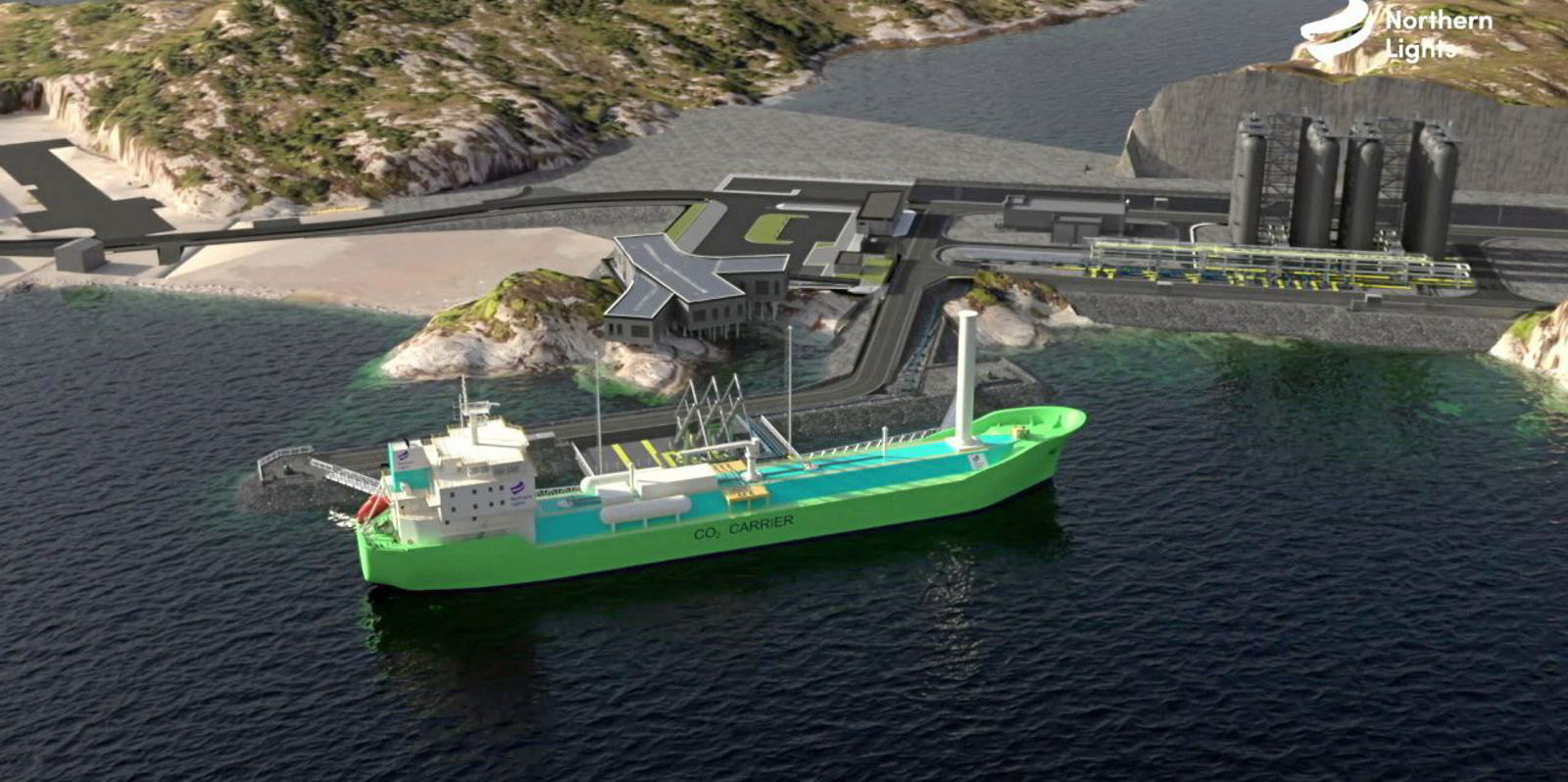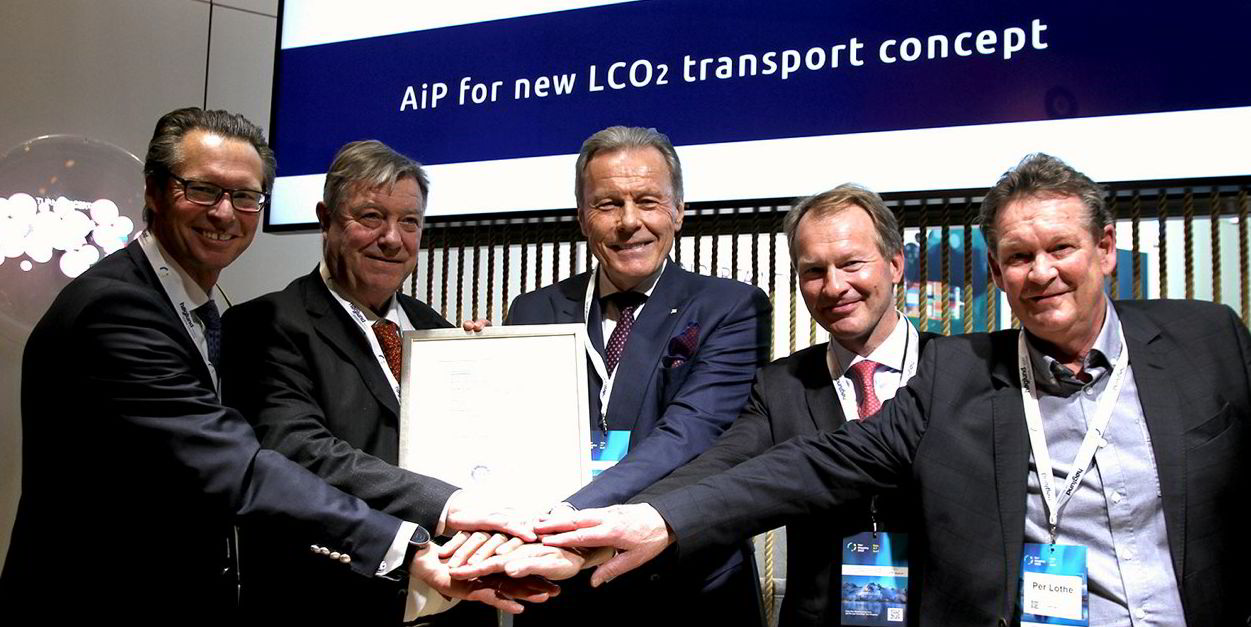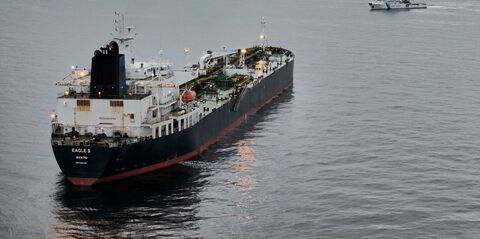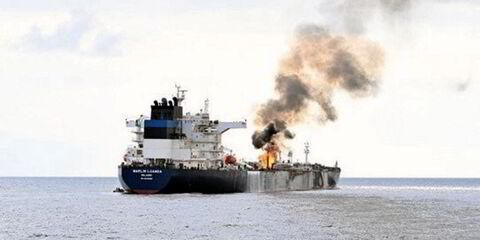Shipowners have been put on alert that a totally new fleet is needed if the industry is to help industrial emitters meet CO2 capture and storage targets in the coming decades.
Owners such as Mitsui OSK Lines, NYK Line, Exmar, Navigator Holdings and Knutsen are making moves to build vessels to transport this greenhouse gas.
And then there is Northern Lights, the new transport and storage venture involving Shell, Equinor and TotalEnergies.
This Norwegian project has ordered two 7,500-cbm liquid CO2 carriers in China for delivery in 2024 to service its Oygarden transport and storage operation.
Baris Dolek, Northern Lights’ shipping commercial manager, told TradeWinds that two more such vessels are needed to meet its target of shipping 1.5 million tonnes per annum (mtpa) of CO2 by 2025.
Speaking on the sidelines of Oslo law firm BAHR’s carbon capture and shipping seminar, the executive said many more vessels will be needed to reach its next goal of 5 mtpa.
And globally, with industrial emitters needing to capture and store 10 giga tpa (Gtpa) by 2070 to meet climate targets, Dolek said “hundreds” of ships will be required.
Europe produces 1.3 Gtpa alone.
“This is a significant amount. This is our potential customer base in Europe. I think a totally new CO2 segment is in the making,” Dolek said.
He told TradeWinds that Northern Lights will charter in vessels to help meet its own demand.
Carriers will bring in CO2 from northern European ports for transport by pipeline to the Eos well 100km off Norway, where it will be stored deep underground.
The size of ships will vary around the world, Dolek said.
There is potential for CO2 hubs to be constructed to accommodate gas carriers of up to 40,000 cbm, while Asian operations are likely to involve ships larger than the sub-10,000-cbm ones to be used in Europe.
“There is a mismatch between the emission source and the storage location,” Dolek told the seminar.
This is where shipping must come in. And he believes vessels are cost-effective compared with pipelines.





